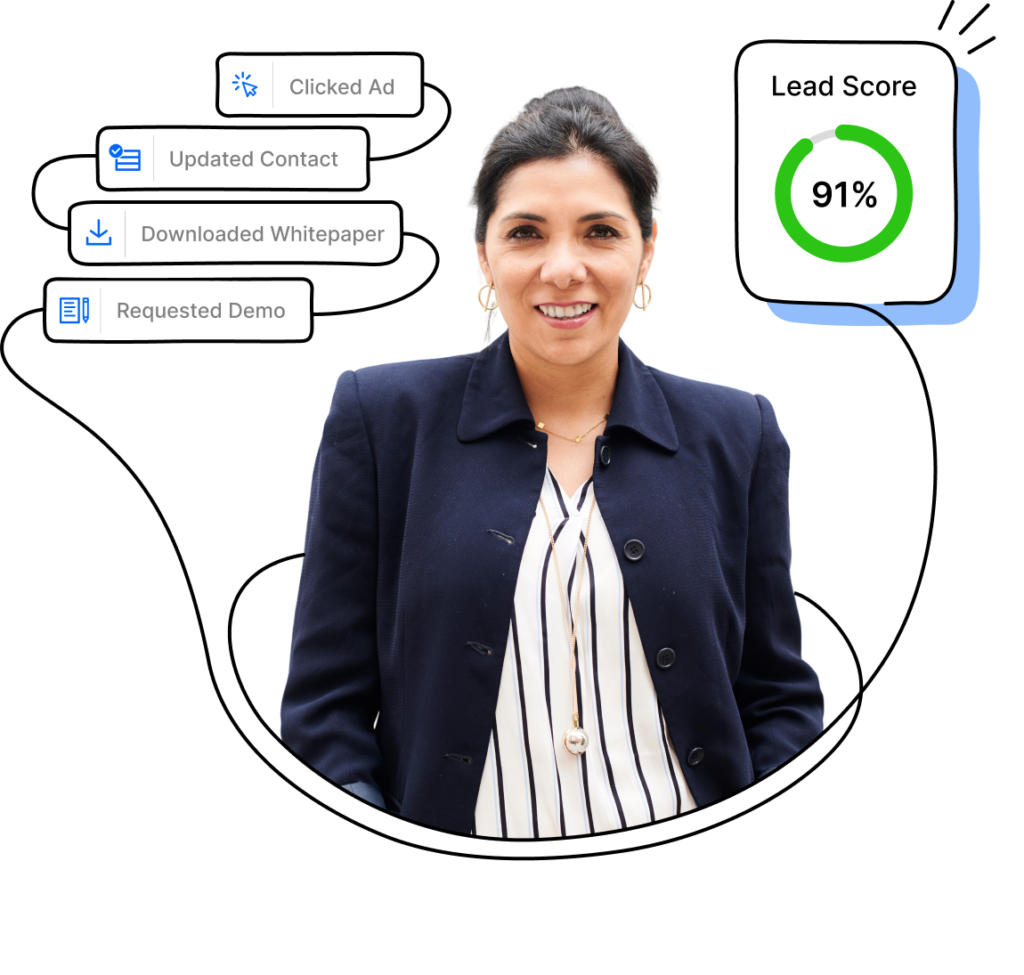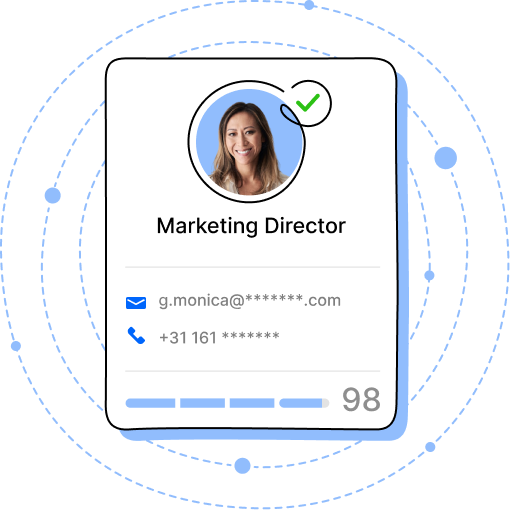Global B2B Data
Complete, Recent, Relevant Data to Power Your PipelineSM

15
Sources of Data Enrichment
7k+
Intent Topics Tracked
200M+
Buyers

Third Party & Proprietary Data Sources
Data Organization & Standardization

Don’t take our word for it.
DemandScience solutions score high on review sites and with our customers!






